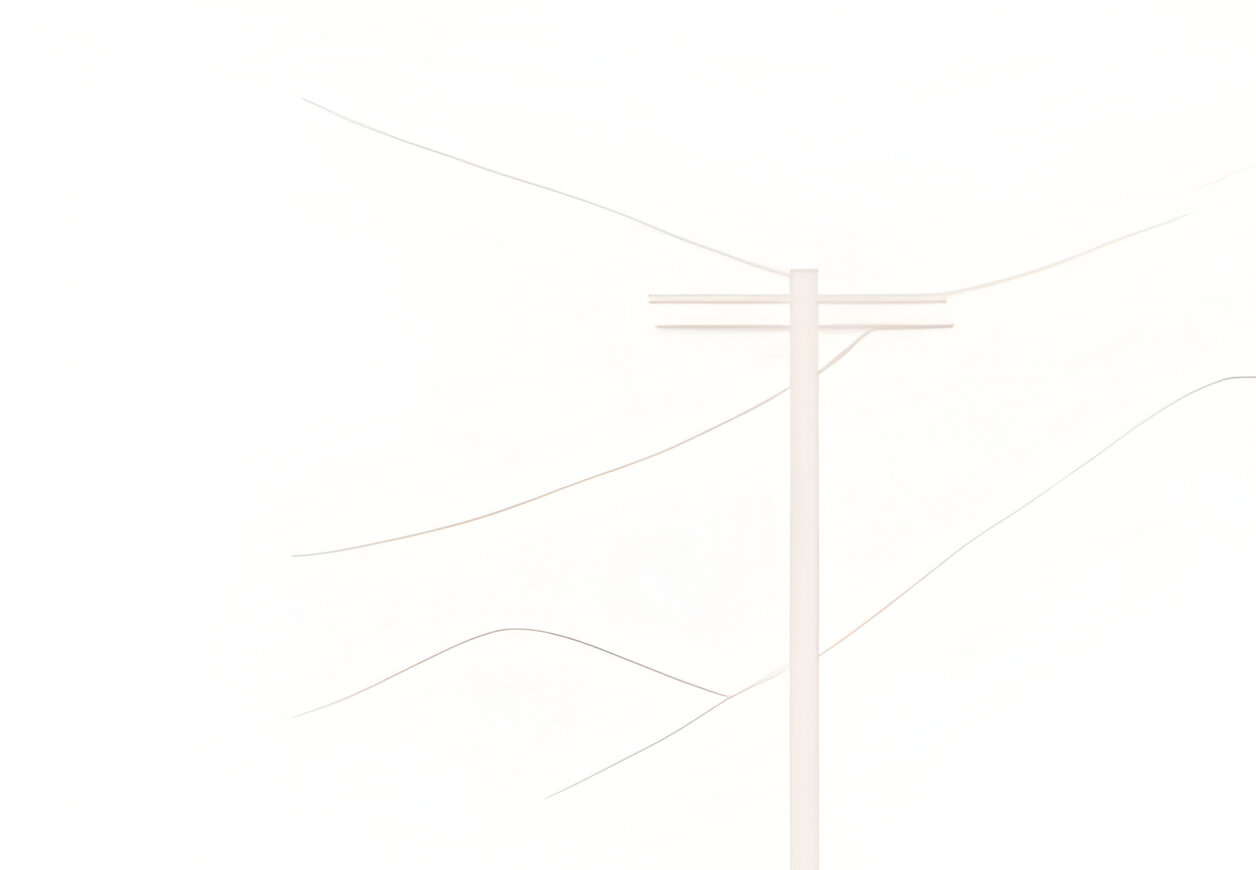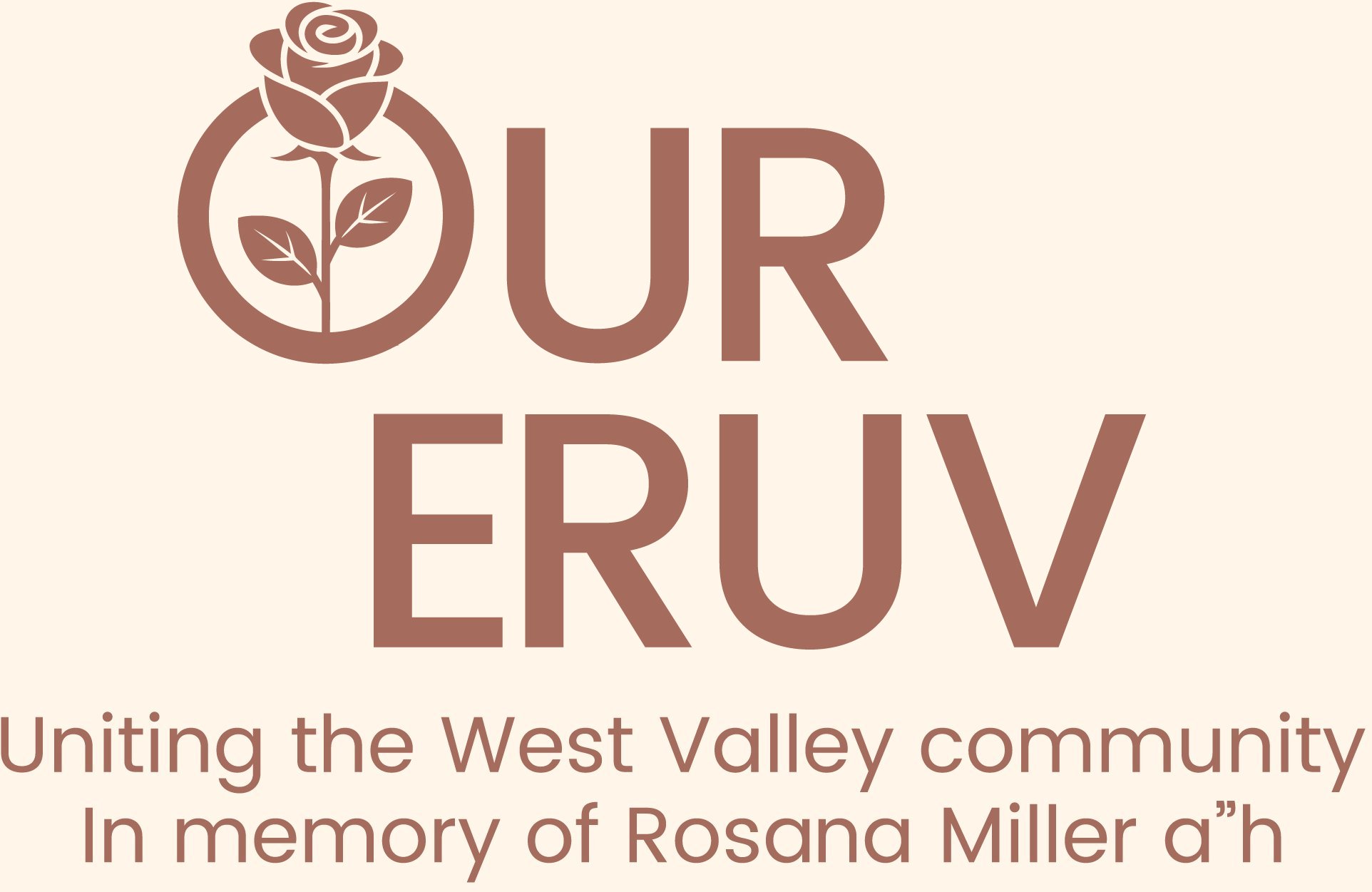History of Our Eruv
The story of the West Valley Eruv is one of vision, perseverance, and deep commitment to Jewish life. In the early 2010s, as the Jewish population of the West Valley steadily grew, so too did the need for a halachically valid Eruv—one that would allow families to observe Shabbos fully while staying connected to their community.
At the heart of this effort was Rosana Miller, a devoted wife, mother, grandmother, and member of the local Jewish community. Realizing that without an Eruv, basic activities such as carrying baby essentials, pushing a stroller, bringing food to a neighbor’s home, or carrying medical supplies and medication were prohibited on Shabbos. Mrs. Miller took it upon herself to initiate a project that would benefit not only her family, but the broader Jewish population.
Building an Eruv is never simple; it requires coordination with engineers, utility companies, city planners, and religious authorities. In the case of the West Valley, this meant working across multiple jurisdictions and terrains, spanning major streets, freeways, and various types of fencing and elevation.
Despite these challenges, Mrs. Miller pressed forward with faith and resolve. With the support of local rabbinic leaders and dedicated volunteers, a path was charted and mapped, and the complex work of physically installing the Eruv was carried out.
The boundary was established using existing infrastructure, including telephone poles, cable lines, and fencing. Hundreds of additional poles and wires were added to create a continuous halachic perimeter. As the West Valley community expanded with the emergence of new homes and shuls, more lines and poles were installed to extend the eruv and ensure coverage for the growing community.
The Eruv was officially completed and declared operational in 2015. For the first time in West Valley history, observant Jews were able to carry freely within the community on Shabbos without violating Torah prohibitions. The impact was immediate and deeply felt, particularly among families with young children, elderly members, and those with limited mobility.
Since then, the West Valley Eruv has remained under the supervision of rabbinic experts and trained inspectors, who ensure its halachic validity through weekly inspections and ongoing maintenance. It has become a central feature of Jewish life in the area, connecting homes, shuls, and families into a shared spiritual space each and every Shabbos.
Coming soon
- Planning session photos
- Eruv inspection images
- Map development screenshots

